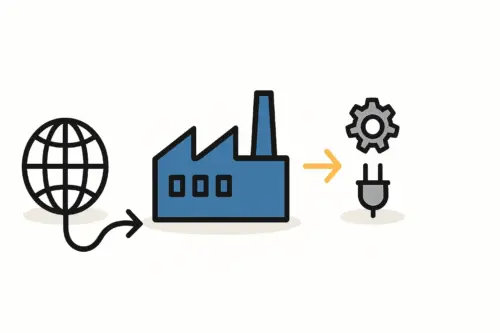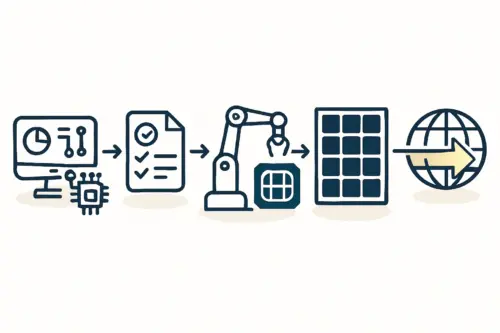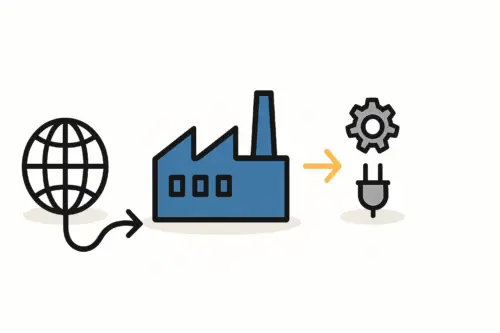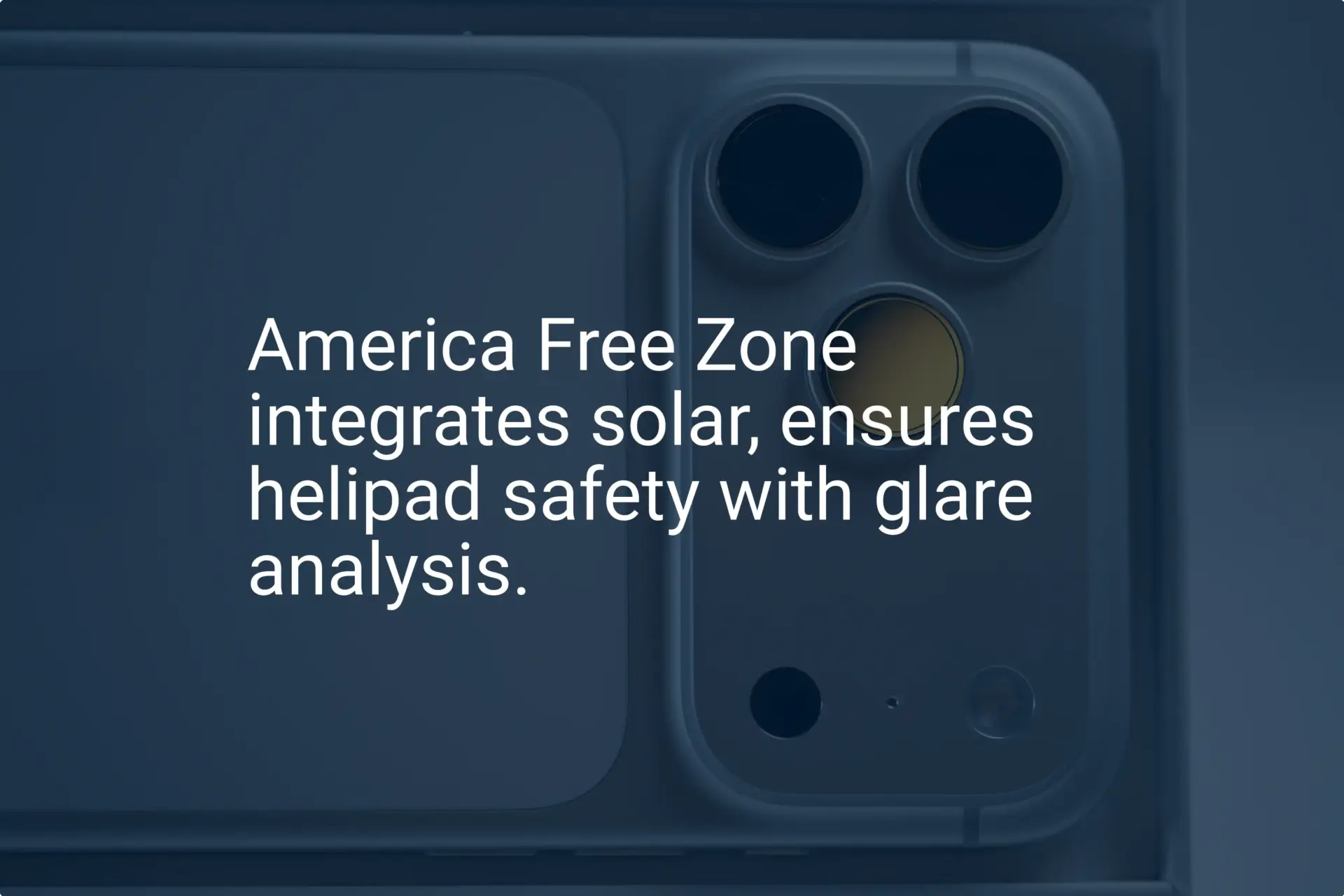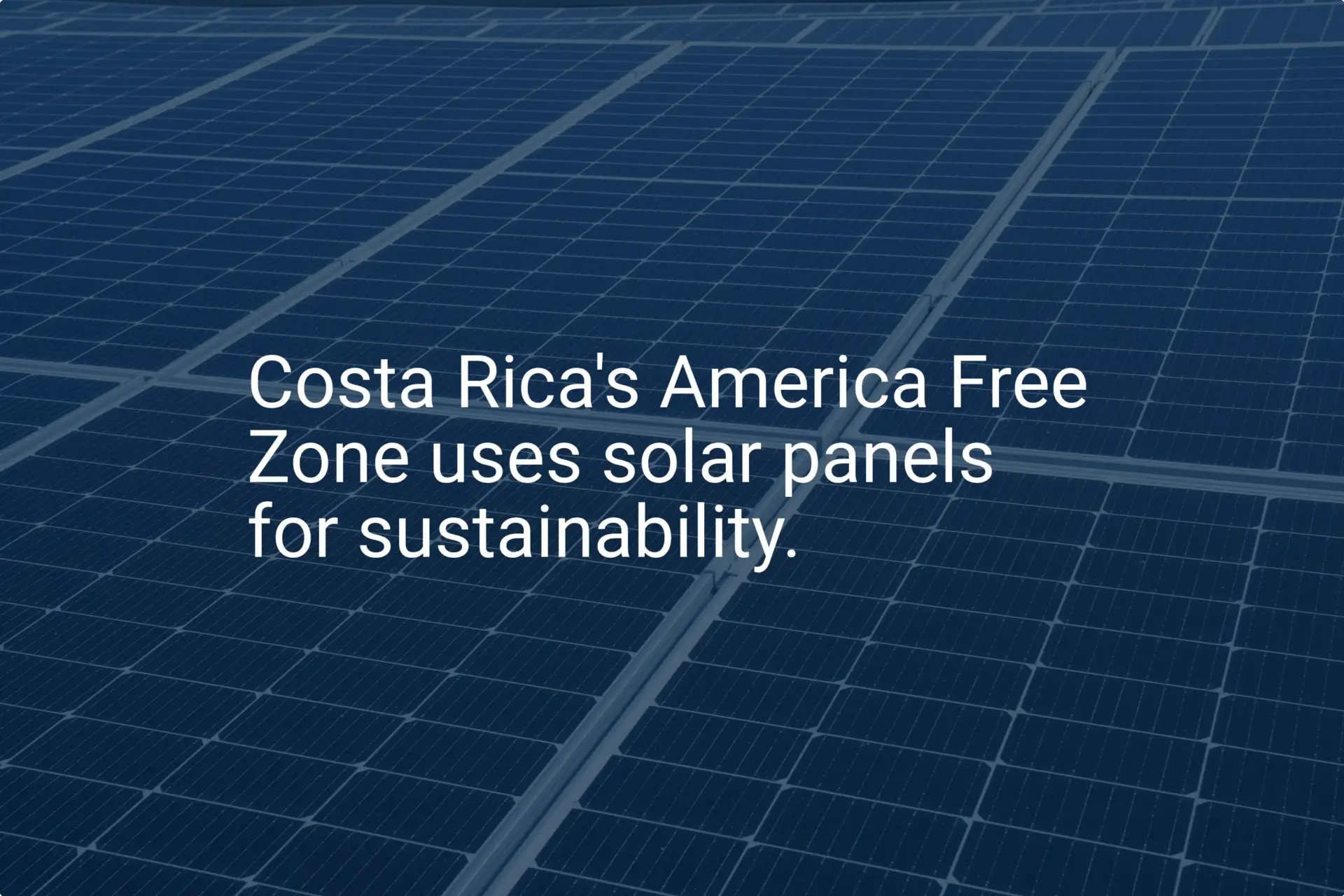An investor has secured funding, identified a promising location in a Costa Rican Free Trade Zone, and developed a comprehensive business plan. Commercially, the project is ready to go. Yet a critical and often underestimated phase stands between the plan and groundbreaking: securing environmental viability approval from the Secretaría Técnica Nacional Ambiental (SETENA).
This step is no mere formality; it is a rigorous technical assessment that can define a project’s timeline, budget, and ultimate success. This guide provides a structured overview of the SETENA process for entrepreneurs and business leaders considering a solar panel manufacturing facility in Costa Rica. It outlines the key requirements, potential challenges, and strategic approaches for navigating this essential regulatory landscape.
Understanding SETENA’s Role in National Development
SETENA is the Costa Rican government body responsible for evaluating the environmental impact of all new development projects. Its mandate is to ensure that economic growth unfolds sustainably, balancing industrial development with the nation’s world-renowned commitment to environmental preservation.
For any significant industrial undertaking, including a solar module factory, SETENA acts as the primary gatekeeper. Its approval is non-negotiable and must be secured before other construction and operational permits can be issued. International investors who fail to understand and properly engage with this process often face significant delays and unforeseen costs.
The Core of the Process: The Environmental Impact Assessment (EIA)
The central tool used by SETENA is the Environmental Impact Assessment (EIA), known in Spanish as Evaluación de Impacto Ambiental (EsIA). This is a detailed technical study that forecasts, analyzes, and proposes mitigation measures for a project’s potential environmental and social consequences.
Projects are typically categorized based on their potential impact level. While a small commercial installation might fall into a lower category (D2 or D3), a solar panel manufacturing plant is considered a significant industrial activity. Its use of chemicals, water consumption, waste generation, and energy requirements mean it will almost certainly be classified in the highest-risk category (D1), mandating a comprehensive EsIA.
A Step-by-Step Guide to the SETENA Permitting Process
Navigating the SETENA process requires a methodical approach. The journey from project conception to receiving the Licencia Ambiental (Environmental License) involves several distinct stages.
Step 1: Project Categorization and Initial Consultation
The process begins with submitting a digital form (typically the Formulario D1) through SETENA’s online portal. This document provides a high-level overview of the project, allowing the agency to confirm its environmental impact category. Engaging a certified local environmental consulting firm at this stage is crucial. These experts understand the nuances of the legislation and can ensure the project is presented accurately, preventing initial missteps.
Step 2: Preparing the Environmental Impact Study (EsIA)
This is the most demanding phase of the process and forms the foundation of the application. The EsIA is not a single document but a collection of specialized technical analyses. For a solar factory, key components include:
-
Hydrological and Hydrogeological Studies: These studies assess the project’s impact on local water resources, analyzing water demand for processes like wafer cleaning and cooling, as well as the management of wastewater and storm runoff to prevent contaminating surface or groundwater.
Ready to make big Profits?
The solar Industry is Booming
WE HELP NEWCOMERS to the solar industry start their own solar module production line. Customers can make BIG PROFITS by selling modules and finding investors, without wasting money and time on things they don't need!
-
Waste Management Plan: This requires a detailed strategy for handling all waste streams, including hazardous materials (e.g., chemical residues from cell processing), non-hazardous industrial waste (e.g., broken glass, scrap EVA/backsheet material), and ordinary waste. The plan must outline procedures for segregation, storage, transport, and final disposal in compliance with national regulations.
-
Air Quality and Noise Assessments: The study must model potential air emissions from equipment and processes and predict operational noise levels from machinery like compressors and ventilation systems to ensure they remain within permissible limits for the safety of workers and the surrounding community.
-
Social Impact Assessment: This analysis evaluates the project’s effect on the local community, covering aspects like job creation, strain on local infrastructure (roads, utilities), and public health.
-
Mitigation and Compensation Plan: It is not enough to simply identify impacts. The EsIA must propose concrete, actionable measures to prevent, reduce, or compensate for any negative effects.

Step 3: Submission, Review, and Public Consultation
Once the complete EsIA is submitted, SETENA begins its formal technical review. The agency’s interdisciplinary team of geologists, biologists, chemists, and social scientists scrutinizes every aspect of the study. Throughout this review, SETENA may issue requests for additional information or clarification, known as prevenciones. Responding to these requests promptly and thoroughly is critical to keeping the process moving.
Depending on the project’s scale and location, a public hearing (audiencia pública) may be required. This provides an opportunity for community members and other stakeholders to voice their opinions and concerns, which SETENA must consider in its final decision.
The Environmental Management Plan (PGA): A Living Document
Upon approving the EsIA, SETENA issues an Environmental License. This license, however, is conditional upon the implementation of a Plan de Gestión Ambiental (PGA), or Environmental Management Plan. The PGA translates the promises made in the EsIA into operational reality, serving as a dynamic document that guides the factory’s environmental performance throughout its lifecycle.
Key elements of a PGA for a solar factory include:
-
Monitoring Programs: Regular monitoring of water quality, air emissions, and waste disposal records to ensure ongoing compliance.
-
Emergency Response Plans: Clear protocols for handling accidents such as chemical spills or fires.
-
Occupational Health and Safety Programs: Procedures to protect workers from hazards associated with machinery and materials.
-
Employee Training Schedules: Ongoing education to ensure all staff understand and adhere to the facility’s environmental policies.
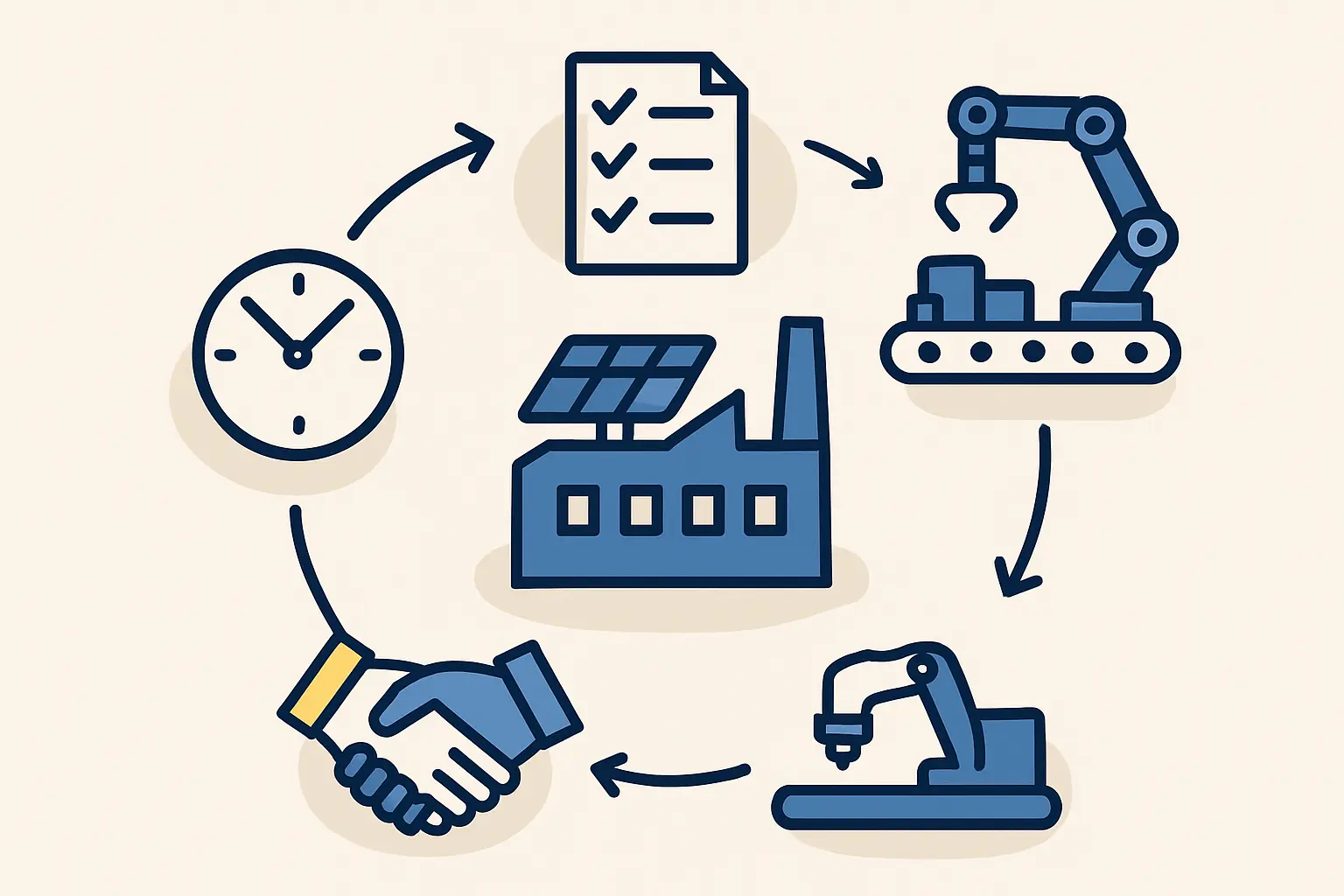
Common Challenges and Strategic Considerations
Based on the experience of J.v.G. turnkey projects, international investors often face several predictable challenges.
-
Underestimating Timelines: While the official review period is around six months, the entire process—from hiring a consultant to receiving the final license—can realistically take 9 to 12 months, and even longer when significant information requests arise. This timeline must be factored into the overall project schedule.
-
Insufficient Detail: A common reason for delays is an EsIA that lacks the technical depth SETENA requires. Attempting to save costs by commissioning a superficial study almost always results in expensive delays and revisions.
-
Poor Consultant Selection: The success of a SETENA application hinges on the quality of the local environmental consultant, making it vital to partner with a reputable firm that has a proven track record with industrial projects of a similar scale.
-
Integrating EIA with Facility Design: The environmental assessment should not be an afterthought. The findings from the EsIA must directly inform the project’s design. For example, the requirements of the waste management plan will have a direct impact on the optimal solar factory layout, and projected water usage is a critical input for the financial modeling in the solar factory business plan. Early integration avoids costly redesigns and ensures the facility is compliant from the ground up.
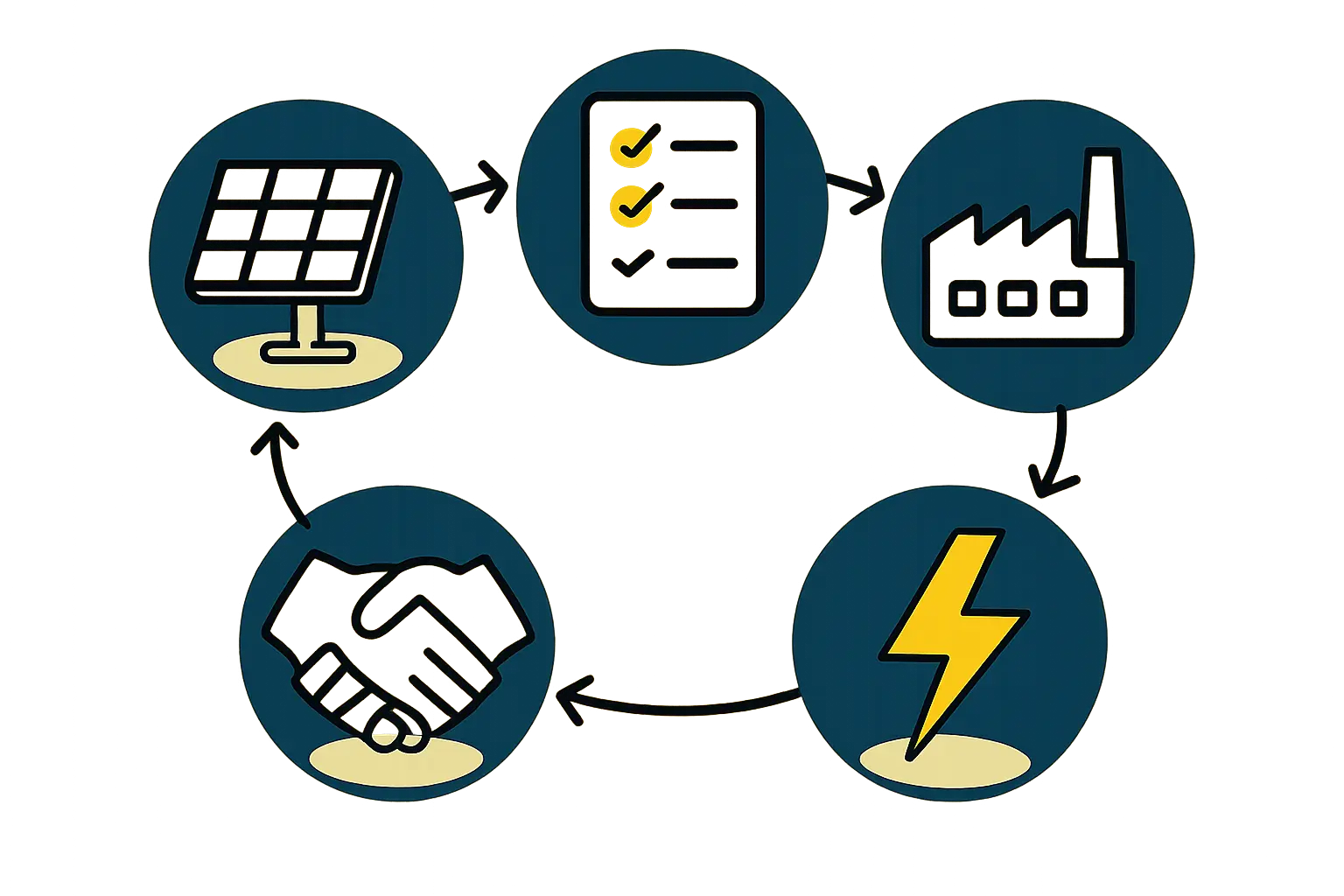
Frequently Asked Questions (FAQ)
How long does the entire SETENA approval process typically take?
While the law stipulates a formal review period of approximately six months after submission, a realistic planning horizon from engaging a consultant to receiving the final license is between 9 and 12 months. This accounts for data collection, study preparation, and potential requests for additional information from the agency.
What is the biggest mistake investors make when dealing with SETENA?
The most common and costly mistake is underestimating the level of technical detail required in the Environmental Impact Study (EsIA). Submitting an incomplete or superficial study inevitably leads to long delays as SETENA requests more information. Hiring an experienced, certified local consultant early in the process is the most effective way to avoid this pitfall.
Can the EIA be conducted after the factory is designed?
This is highly inadvisable. The EIA process should run in parallel with the engineering and design phase. Findings from the environmental studies—such as water management needs, waste storage requirements, or noise mitigation measures—should inform the final design to ensure compliance and avoid expensive post-design modifications.
Does a solar panel factory receive preferential treatment for being a ‘green’ industry?
No. While its end product contributes to renewable energy, SETENA evaluates the environmental impact of the manufacturing process, not the product itself. A solar factory is classified as an industrial facility and is subject to the same rigorous standards regarding chemical handling, water use, waste disposal, and emissions as any other factory of its scale.
Conclusion: From Regulatory Hurdle to Strategic Asset
While the SETENA environmental permitting process in Costa Rica is a comprehensive and demanding undertaking, it should not be viewed merely as a bureaucratic obstacle. For the strategic investor, it is a critical de-risking tool. A thorough EIA process ensures that the facility is designed for long-term sustainability, minimizes operational liabilities, and builds a strong foundation of positive community relations.
Understanding these regulatory requirements is a non-negotiable first step in the complex but rewarding journey of starting a solar factory. By approaching the SETENA process with careful planning, professional expertise, and a commitment to compliance, entrepreneurs can build a facility that is not only profitable but also a respected contributor to the local economy and environment.


